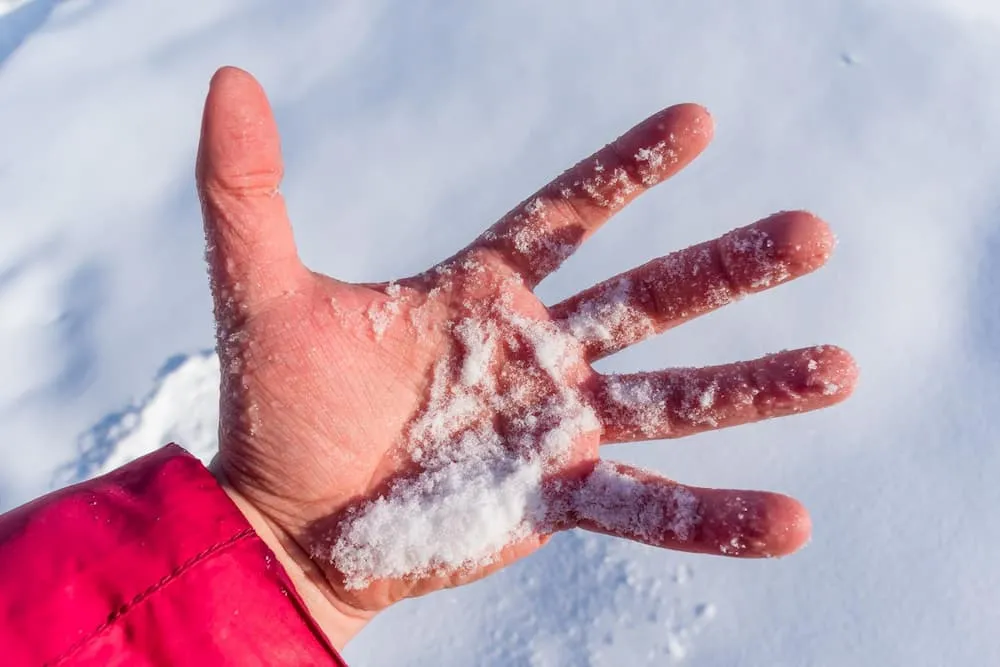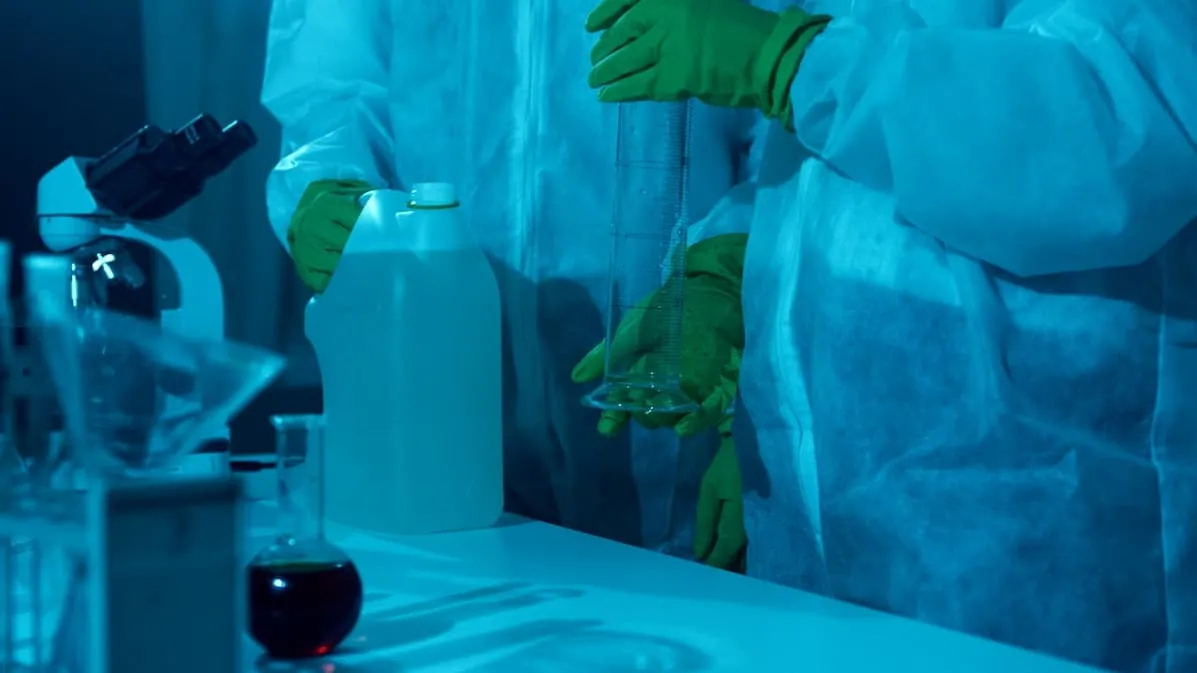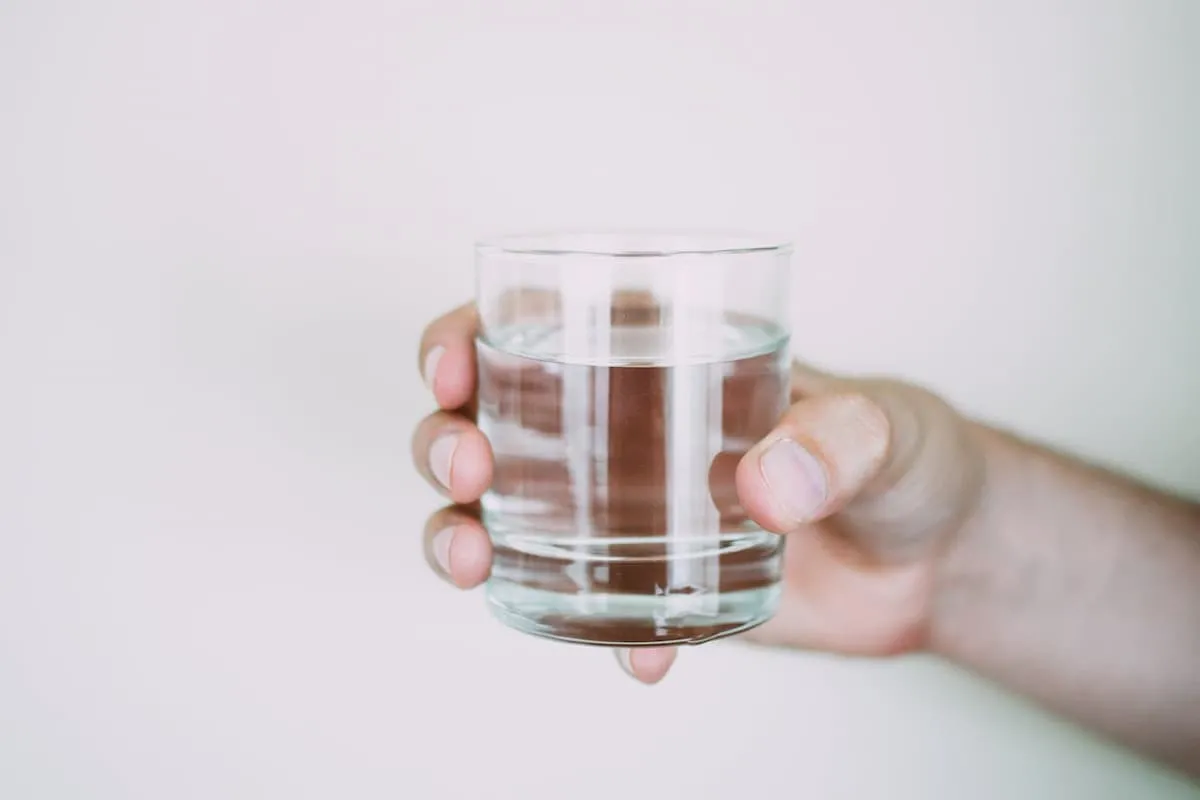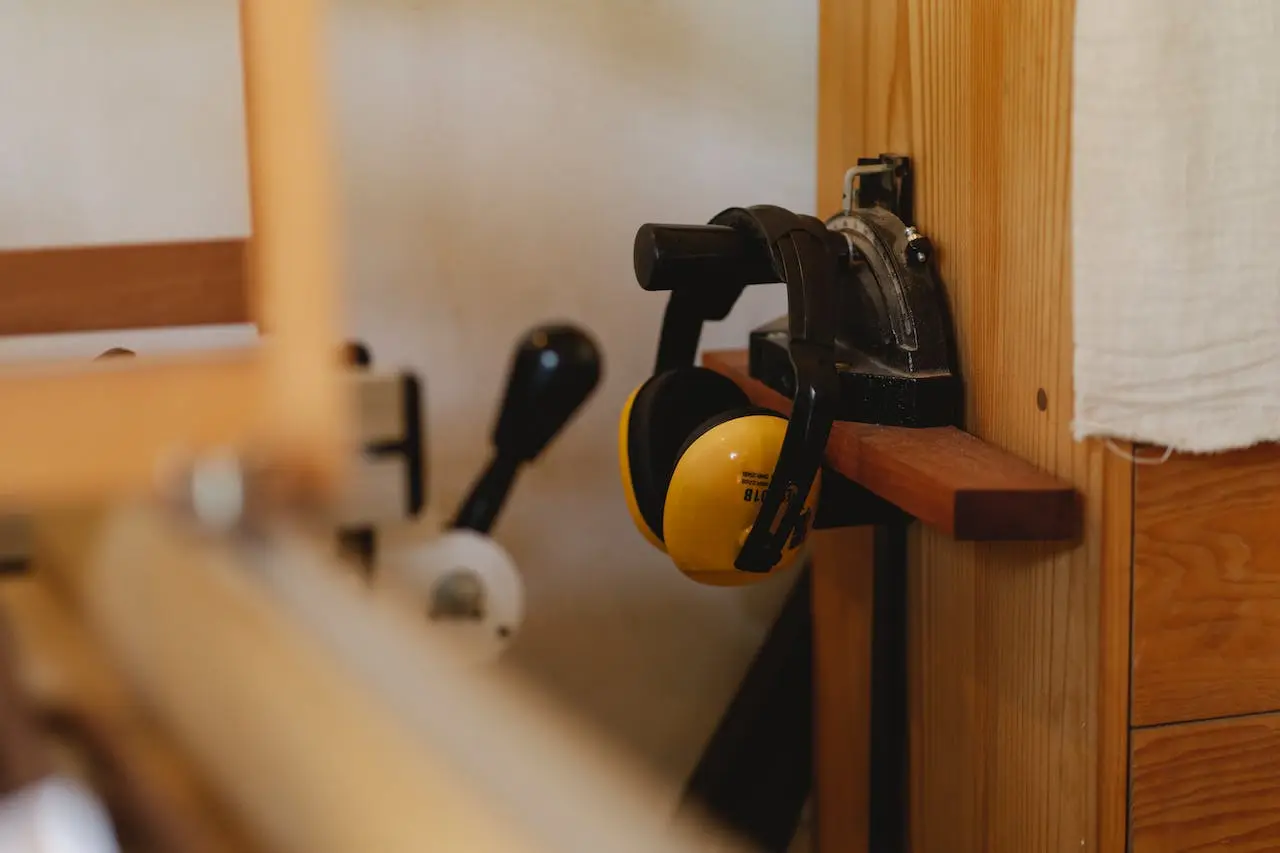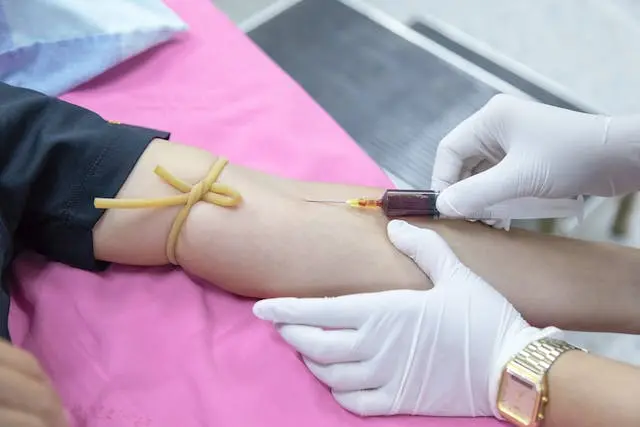When the temperature drops below freezing and wind and humidity come into play, it is not difficult to get frostbite. They cannot be underestimated, as they become a real threat to our health. They can also lead to injuries. When can we talk about frostbite and what do its various degrees mean? What are the rules of first aid in such a case? You can find out everything from the following article. We encourage you to read it!
What is frostbite?
Frostbite is tissue damage caused by exposure to low temperatures, below zero degrees Celsius, but not only. They can also occur at positive temperatures, when there is a strong wind and high humidity. This phenomenon most often affects body parts such as the nose, ears, cheeks, fingers and toes. Frostbite occurs in various degrees of severity, as we will discuss later in the article.
And who is most vulnerable to them? People: dressed inappropriately for the prevailing weather conditions, working outdoors, staying outdoors in soaked clothes, suffering from cardiovascular diseases, diabetes, remaining motionless for long periods of time, under the influence of alcohol or other drugs, tired, having a debilitated body or engaging in winter sports and mountain hiking.
Degrees of frostbite
Frostbite is classified on a four-grade scale, depending on the depth and severity of tissue damage. Correctly identifying the degree of frostbite is key to effective treatment and minimizing long-term effects. Here's what you need to know about each.
Grade 1 frostbite
Grade 1 frostbite affects the most superficial layer of skin. It is then reddened, and there is also a tingling, numb or burning sensation. The skin may be slightly swollen and painful when warmed. Although the damage is usually reversible, it should be taken seriously to prevent further damage.
2nd degree frostbite
2nd degree frostbite is more advanced and no longer involves only the epidermis, but also the deeper layers of the skin. It is characterized by the formation of blisters filled with serous fluid or serous fluid with an admixture of blood. The skin becomes more white or yellowish and can be very painful. It requires careful treatment to prevent infection and promote healing.
3rd degree frostbite
Grade 3 frostbite affects all layers of the skin, leading to necrosis of the skin and sometimes deeper localized tissues, including bone. The area affected by this degree of frostbite is usually painless due to nerve damage. The skin may appear black or very dark and requires immediate medical intervention, often including surgical removal of necrotic tissues.
4th degree frostbite
Fourth-degree frostbite is the most serious - affecting the entire body part, meaning all layers of skin, muscles, tendons and bones. Symptoms are deep necrotic damage with often complete lack of sensation in the affected area. Treatment requires advanced medical intervention. Amputation is often necessary.
Frostbite - symptoms
Recognizing frostbite at an early stage is very important. In this way, serious tissue damage can be prevented. The symptoms of frostbite vary depending on the severity of the damage, but there are several common signals to look out for.
Which ones are mentioned? Coldness and numbness of the affected part of the body, often accompanied by pain, tingling or burning. The skin may become pale or bluish and cold to the touch, indicating reduced blood flow. As the damage progresses, swelling may appear, and in more advanced cases, fluid-filled blisters, necrosis or even blackening of the tissue.
The first symptoms are often underestimated, which unfortunately can result in worsening damage. It is crucial that at the first signs of frostbite, appropriate steps are taken to warm and protect the affected area, while avoiding actions that could aggravate the tissues, such as rubbing snow or heating too rapidly.
First aid for frostbite
Frostbite first aid plays a key role in preventing further tissue damage and aiding the healing process. Here are some basic rules to follow if you suspect frostbite:
- find shelter and warmth - the first step is to move the affected person to a warm room to avoid further exposure to the cold,- assess the condition and protect the affected area - gently remove wet or tight clothing and jewelry from the affected area to improve circulation. Be careful not to rub, massage, or apply pressure to the affected tissues, which can worsen the condition,
- slow heat - gradually warm the affected area using body heat or immersion in lukewarm/warm (not hot!) water, starting at 25-30 degrees Celsius and increasing every few minutes or so, to about 37-40 degrees Celsius,
- blister care - if blisters appear, protect with a sterile dressing to prevent infection,
- use thermal protection - use dry, warm coverings to keep the body warm, especially in the case of frostbite of the extremities,
- seek medical help - once first aid measures have been taken, it is essential to consult a doctor who will check the extent of the damage and recommend further treatment.
What not to do in case of frostbite?
We have already mentioned that you should not massage or rub frostbitten body parts, but that's not all. Avoid direct application of heat (radiator, fireplace, hot water or electric heating pads), as there is a risk of causing thermal burns, especially if sensation is reduced due to nerve damage.
Blisters should also not be punctured, as such action many times ends in infection and further complications. Blisters are a natural protective barrier for healing skin. In addition, do not use tight bandages, restricting blood flow to the affected tissue. This will impede the healing process. On top of that, also do not re-expose the frostbitten area to the cold, so as not to further damage the tissue, whose condition is already weakened.
Finally, an important note: do not ignore the need for medical consultation. Despite taking first aid, consulting a doctor is essential. Delaying or avoiding medical help can lead to long-term damage or even the need for amputation.
How to prevent frostbite?
Preventing frostbite requires conscious preparation and adherence to a few key rules, especially during the winter season or during trips to colder areas.
The basis is to dress in what is known as "onion" clothing. Layers close to the body should be made of breathable materials to wick away moisture, while outer layers should be made of wind- and water-resistant materials. Take care to cover all parts of your body, including your fingers, toes, nose and ears, which are most vulnerable to frostbite.
If you get your socks, gloves or other clothing item wet, replace them immediately with dry ones. In extremely cold weather, limit your time outdoors, and if you have to stay outside for long periods of time, regularly seek shelter in a warm place to warm your body.
Proper nutrition and hydration also play a key role in maintaining energy and internal warmth. Avoid alcohol and nicotine before going out in the cold. Alcohol, by dilating blood vessels and can accelerate the loss of heat from the body, while nicotine, by narrowing the vessels, restricts blood flow to the extremities.
Also, always pay attention to signals sent by the body - numbness, pain or a change in skin color. Early recognition of these symptoms allows you to react quickly, which can be crucial in preventing frostbite.
Don't underestimate frostbite, as it is a serious threat to your health!

